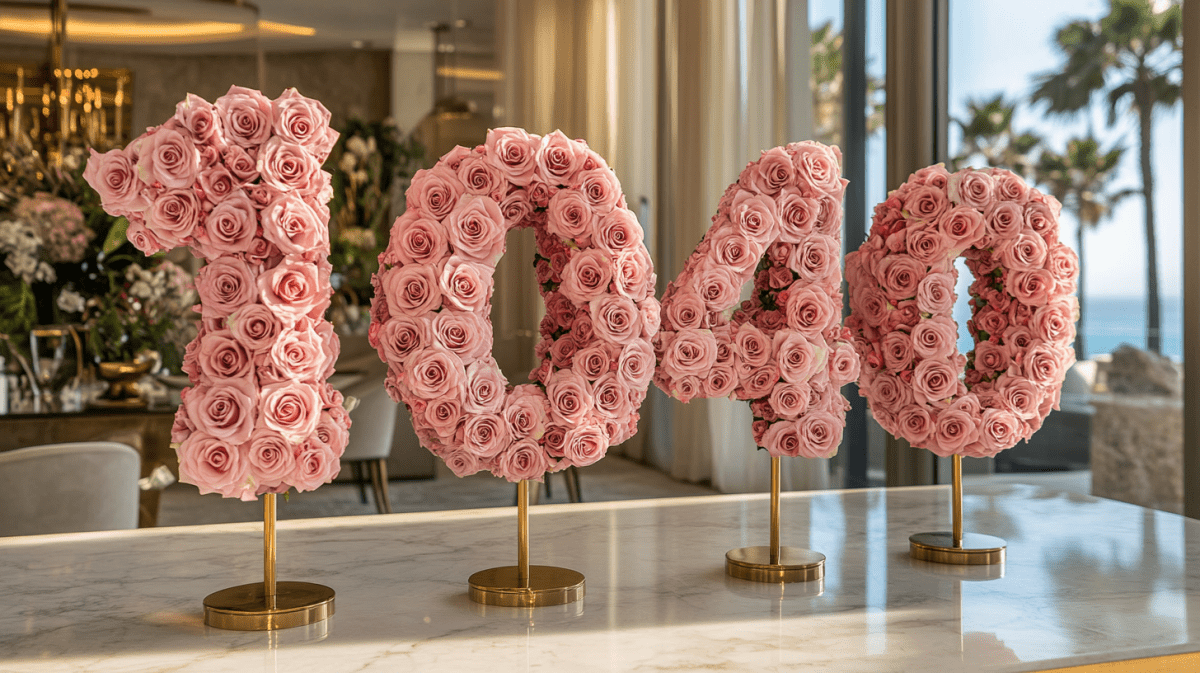
Want to explore rose gifts in this color?
Pink Roses in Psychology: Emotional Softness, Support, and Healing
Pink roses are more than just delicate blooms adorning gardens or bouquets. From a psychological standpoint, they stand as powerful emblems of care, compassion, and gentleness. Their understated beauty and soft hues encapsulate emotional warmth, offering support and healing in ways that transcend words. Though often associated with femininity, the emotional resonance of pink roses is universal. They tap into a shared human need for comfort, safety, and connection. This blog explores the psychological significance of pink roses and what they reveal about emotional states, intentions, and the need for human care and connection.
The Color Psychology of Pink
A. Emotional Associations
Pink, as a color, is emotionally symbolic. It is often linked to gentleness, empathy, and emotional openness. Unlike bold, passionate red, pink is soft and nurturing, embodying a sense of calm and non-threatening energy. Psychologically, pink stimulates nurturing responses, naturally prompting feelings of care and tenderness. Its calming effect on the nervous system makes it a soothing presence, ideal for moments of emotional vulnerability or introspection.
B. Symbol of Safety and Warmth
Pink, particularly in the context of pink roses, creates a safe emotional space. It conveys an invitation to connect without overwhelming or pressuring the recipient. This color carries nuanced meanings of innocence, trust, and sincerity. It encourages emotional intimacy that is gentle and authentic, with a tone of sincerity rather than intensity. Pink roses symbolize warmth and safety, gently fostering an environment where emotional expression feels natural and welcomed.
Pink Roses as Nonverbal Emotional Language
A. Communicating Support Without Overwhelm
When words fail, pink roses succeed. Gifting a pink rose communicates, “I’m here,” without pushing against someone’s emotional boundaries. It’s both a support system and a reminder of presence delivered gently enough to avoid intrusion. This makes pink roses the perfect gesture during times of grief, healing, or emotional fatigue. They provide assurance without adding weight, helping recipients feel supported and seen.
B. Gesture of Emotional Reassurance
Pink roses are often used to calm anxious minds, reaffirm affection, or boost spirits in a subtle and meaningful way. Giving someone a pink rose signals consistency, care, and emotional presence, making them a popular choice for encouragement or get-well-soon contexts. Whether thanking someone for their kindness or reassuring them in a challenging moment, pink roses extend the warmth and stability that words sometimes miss. Their symbolism is one of gentle strength.
C. Tool for Repair and Reconnection
Relationships often require moments of repair and reconnection. Pink roses serve as the perfect tool for navigating emotionally complex spaces. Their middle ground between bold red and stark white makes them ideal for apologies or healing gestures. Psychologically, pink roses work to restore trust and harmony by opening a soft pathway back to connection.
Psychological Profiles of Pink Rose Givers and Receivers
A. The Giver: Thoughtful and Emotionally Aware
Those who give pink roses are often empathetic individuals who value emotional intelligence. They choose these flowers to convey care, thoughtfulness, and an understanding that emotions are best honored with subtlety rather than grand gestures. Pink rose givers tend to be attuned to the emotional needs of others, offering quiet reassurance. Their choice signals a deep respect for boundaries while providing a meaningful expression of support.
B. The Receiver: Sensitive, Receptive, or in Transition
Receiving pink roses often resonates most with those who are emotionally receptive or going through periods of transition, such as healing or introspection. Whether experiencing grief, uncertainty, or burnout, these individuals find validation and comfort in gestures that acknowledge their struggles without pressure. Pink roses speak to their emotional reality with kindness, offering encouragement and reassurance in equal measure.
Therapeutic and Healing Uses of Pink Roses
A. Color Therapy and Visual Environments
Pink roses have significant therapeutic potential. They are often included in therapy rooms, wellness centers, and meditation spaces to foster a calming atmosphere. By visually reducing stress and agitation, their soft pink hue contributes to a sense of emotional balance. When paired with natural textures, pink roses amplify feelings of healing and comfort. Their presence is a gentle, unspoken reminder of nurturing care.
B. Floral Gifting in Mental Health Contexts
Mental health practitioners increasingly incorporate pink roses in “emotional care packages” intended for those experiencing challenges like grief, burnout, or emotional fatigue. Their presence provides a quiet companionship, emphasizing the idea that healing doesn’t have to be hurried or intense. Pink roses are not a solution but a supportive companion for the healing process.
Cultural Psychology of the Pink Rose
A. Western Interpretations
Within Western cultures, pink roses are often associated with affection, gratitude, and tenderness. However, their usage has evolved beyond romantic spheres and is now embraced in platonic, supportive, and celebratory contexts. They are commonly gifted to acknowledge resilience, show admiration, or mark milestones, becoming an emblem of holistic emotional connection instead of mere romantic symbolism.
B. Eastern Perspectives
Eastern cultures view pink roses through a slightly different lens, associating them with harmony, modesty, and youthful emotional expression. They are often seen as symbols of fresh beginnings or maternal care, blending ideas of spiritual gentleness with visual beauty. Their nuanced symbolism allows pink roses to represent both reverence and renewal depending on the context.
Pink Roses as Symbols of Emotional Wisdom
Pink roses, through the lens of psychology, remind us of the importance of gentleness in emotional expression. They embody the art of quiet care, soothing without overwhelming and connecting without intruding. They are a powerful testament to the idea that softness is not a sign of weakness but of wisdom. Emotional presence, after all, doesn’t have to be loud to be deeply felt. By engaging with the gentle symbolism of pink roses, we can create more nurturing environments for ourselves and those we care about. Consider offering a pink rose to someone in your life as a reminder that healing, connection, and care often begin in subtle, small gestures.
Want to learn more about flower gifting etiquette?
- Discover how Forever Roses are gifted around the world.
- Explore regional pages like Japan, United Kingdom, and China.











